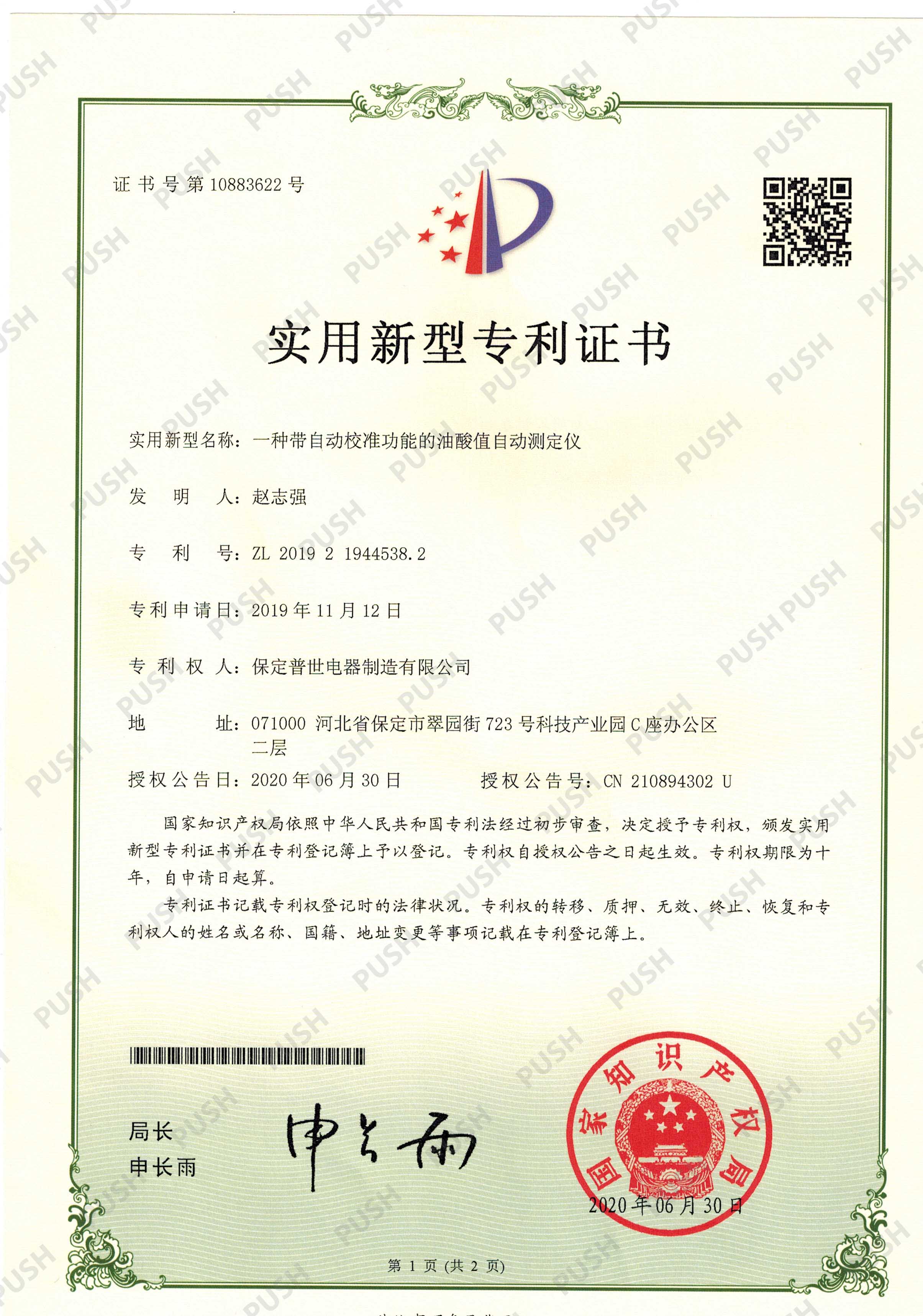 English
English


Innovative Digital Flash Point Equipment for Enhanced Precision in Flammability Testing
Understanding the Digital Flash Point Apparatus A Key Tool in Safety and Quality Control
In the realm of chemical safety and quality control, measuring flash points is critical for ensuring the safe handling and storage of flammable materials. The Digital Flash Point Apparatus is an advanced instrument that provides accurate and efficient measurements of the flash point of liquids. This article aims to explore the significance of flash points, the operation of digital flash point apparatus, and its implications for various industries.
What is Flash Point?
The flash point is defined as the lowest temperature at which a volatile substance can vaporize to form an ignitable mixture in air. It is a vital property that indicates the flammability of a liquid. Classifying a substance based on its flash point helps in managing fire risks, guiding compliance with safety regulations, and determining appropriate storage conditions.
Flash points are categorized into two major types closed cup and open cup flash points. Closed cup flash points provide a more controlled environment and are generally lower than open cup flash points. Industries often refer to these measurements to establish the proper handling procedures for chemicals, ensuring that they are stored and transported safely.
Features of the Digital Flash Point Apparatus
The Digital Flash Point Apparatus has revolutionized how flash points are measured, owing to several key features that enhance its accuracy and ease of use. Unlike traditional methods that often require manual calculations and observations, this digital apparatus automates the process, reducing human error and increasing consistency in results.
1. User-Friendly Interface Most digital flash point apparatuses come equipped with intuitive touch screens or interfaces that display real-time data. This allows operators to easily monitor the test process and record results without confusion.
2. Precision and Speed Digital apparatuses are designed to rapidly measure the flash point with high precision. Many units can achieve results within minutes, which is significantly faster than older analog methods.
digital flash point apparatus

3. Temperature Measurement The ability to monitor and display temperatures accurately throughout the process is essential. Digital apparatus typically use advanced thermocouples or infrared sensors to ensure precise readings.
4. Data Storage and Reporting Many modern flash point apparatuses come with built-in data storage capabilities, allowing for the easy retrieval of past test results. This is especially beneficial for regulatory compliance and quality control documentation.
5. Safety Features Given the dangerous nature of measuring flammable liquids, digital flash point apparatuses often include safety features such as automatic shut-offs, alarms, and safety enclosures, significantly reducing the risk of accidents in the laboratory.
Applications Across Industries
The Digital Flash Point Apparatus finds applications across a range of industries. In the petroleum and chemical industries, it is essential for characterizing the flammability of fuels and solvents. Regulatory agencies and safety organizations utilize flash point data during inspections and when establishing safety guidelines.
Similarly, the food industry employs flash point measurements for oils and fats to ensure product safety and quality. In pharmaceuticals and cosmetics, understanding the flash points of various solvents contributes to formulating safe products for consumers.
Conclusion
In conclusion, the Digital Flash Point Apparatus plays a crucial role in enhancing safety and efficiency in the measurement of flash points. By providing precise and fast results, it helps industries manage flammable materials more effectively, ensuring compliance with health and safety regulations. As technology advances, the capabilities of these devices are expected to improve further, making them an indispensable tool in laboratories and industries worldwide. The importance of flash point measurement cannot be overstated, as it is vital not just for compliance but also for ensuring public safety and environmental protection.
-
Differences between open cup flash point tester and closed cup flash point testerNewsOct.31,2024
-
The Reliable Load Tap ChangerNewsOct.23,2024
-
The Essential Guide to Hipot TestersNewsOct.23,2024
-
The Digital Insulation TesterNewsOct.23,2024
-
The Best Earth Loop Impedance Tester for SaleNewsOct.23,2024
-
Tan Delta Tester--The Essential Tool for Electrical Insulation TestingNewsOct.23,2024





